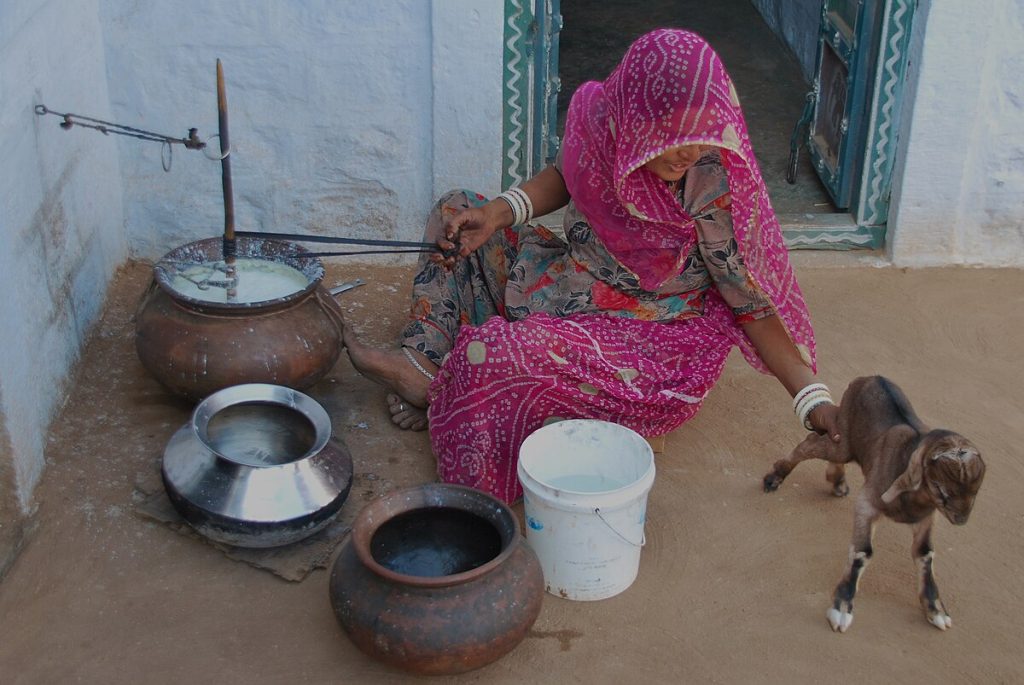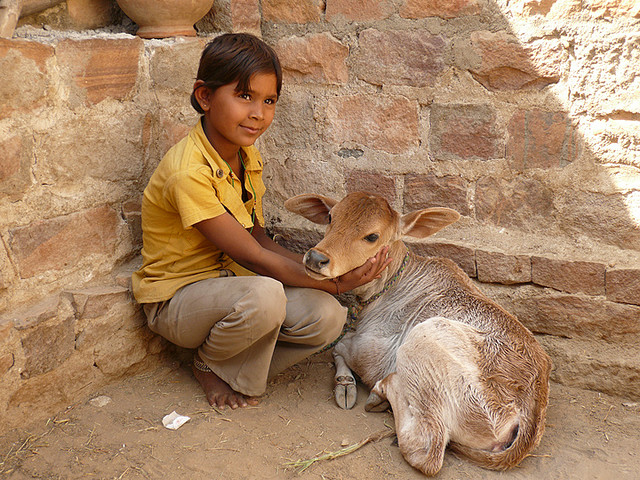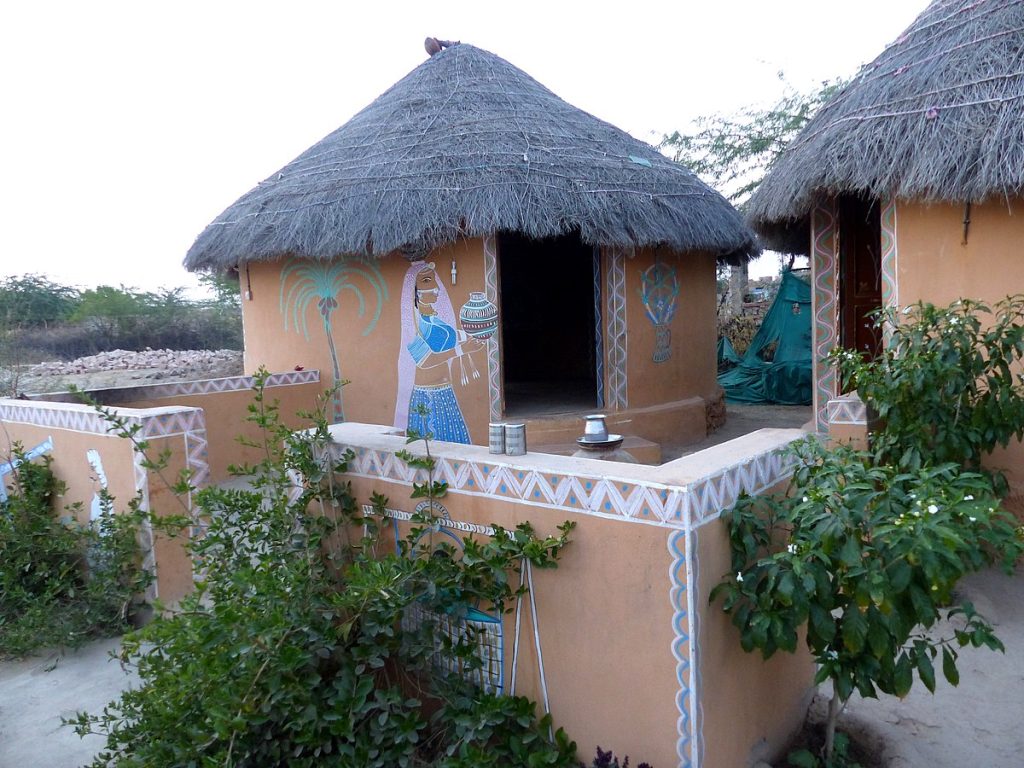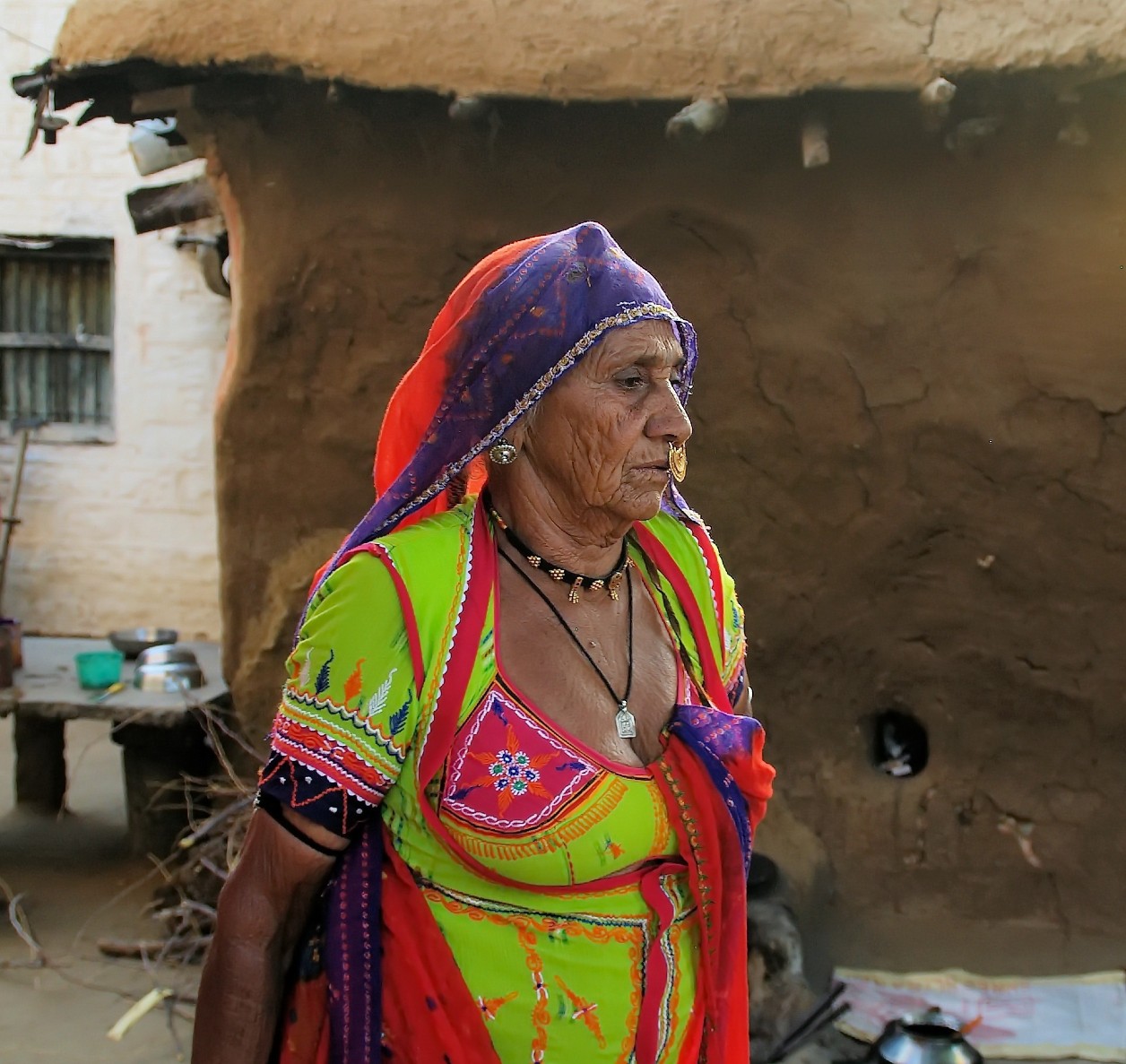Tucked away in the sprawling desert and scrub forests of western India lies a cluster of close-knit rural communities that have captivated travelers for centuries. Bound by a shared set of spiritual beliefs and an unwavering commitment to protecting nature, the inhabitants of Bishnoi villages are warmly welcoming hosts even as they vigorously safeguard age-old traditions against the incursion of modern lifestyles.
This blog takes you on an immersive walk through Bishnoi culture, recounting tales of its origins alongside insightful glimpses into the community’s way of life today. We explore the guiding principles that shape their reverence for wildlife, efforts to nurture the land through innovative conservation practices and how deep spirituality manifests in celebratory traditions still thriving across these time-warped hamlets.
Join us as we delve into the remarkable heritage of a people whose peaceful co-existence with nature holds valuable lessons for our increasingly disconnected modern world. Come discover the soul of Bishnoi!
The Bishnoi Way of Life

The Bishnoi ethos springs from the early 16th century teachings of Guru Jambheshwar or Jambaji, a mystic revered as the community’s founder. A key tenet shaping every aspect of Bishnoi life involves nurturing all nature’s elements – vegetal, animal and mineral – recognising their intrinsic value beyond human utilitarian priorities.
Most Bishnois continue living as agrarian herders across western Rajasthan’s arid expanses, their humble earthen homes blending seamlessly with the landscape. Though financially modest, they exemplify principles of voluntary simplicity, deriving satisfaction from spiritual pursuits over material wealth. Shunning food harvested by harming any creature, Bishnois thrive on modest vegetarian fare like bajra rotla flatbreads with chilli-lime chutneys or yogurt-based raita dipping sauces.
Hospitality lies at the core of Bishnoi interactions, with villagers quick to invite strangers into family courtyards for shared meals or impromptu community celebrations. Here, you gain firsthand experience of their inclusive worldview recognising all humanity as one family, bound across social divisions like caste or creed by universal life force.
Environmental Conservation and Sustainable Practices

But their most well-known legacy remains spearheading India’s early environmental conservation efforts. The iconic 1730 “Chipko” tree hugging movement preventing royal loggers from felling Khejarli trees emerged from a long tradition of Bishnois sacrificing lives to protect forests and wildlife.
Even today, neem, khejri and rohida trees form integral parts of Bishnoi villages not just for sheltering homes but as crucial sources of fodder, timber and forest resources sustainably harvested without ever being axed. Grassy orchards scattered with local fruit trees prevent soil erosion across Bishnoi farmlands, while efficient water harvesting preserves precious rain in underground concrete tanks or surface ponds enhancing groundwater recharge.
Livestock roams freely nurturing the land with natural fertilizers, exemplifying the cyclical agricultural model Bishnois have practiced for centuries mimicking harmony in nature. And chemical-free organic cultivation centred on bajra, moth beans or sewan grass helps preserve indigenous heirloom crops. Through daily practices responsibly optimising local flora and fauna without disturbing endemic ecosystems, Bishnois continue affirming creation’s sanctity.
Wildlife Protection and Coexistence

Indeed, their villages have gained fame as unspoken wildlife sanctuaries where migratory birds flock safely to roost while endangered species like blackbuck, chinkara and desert foxes amble past homes or share precious shade. Tales abound of Bishnois even breastfeeding stranded fawns or orphaned cubs unable to locate mothers!
Elaborate sacred groves harbour neem and khejri trees whereby Bishnois gather to pray. But they also afford precious shelter and forage to animals, especially during searing summers or biting winters. Squirrels scamper collecting fruit even as narcissus flowers bloom, sustaining delicate ecological balance through seasonal cycles as designed by Mother Nature.
By coexisting harmoniously as stewards facilitating rather than dominating wildlife habitats, Bishnois manifest a worldview where humans enhance rather than diminish nature’s health and integrity.
Cultural Traditions and Festivals of Bishnoi

Beyond environmental activism, Bishnois sustain vibrant cultural and spiritual legacies inherited over generations which find distilled expression in music, festivals and art reflecting their worldview. Every September, they commemorate founder Jambaji’s supreme sacrifice to guard sacred wildlife with Vishnoi Jayanti commemorations spanning nine days of prayer, community feasting and cultural programs. From young girls and boys performing whirling ghoomar dances dressed in their bridal finery to married women chanting mystics’ poems while rhythmically balancing gleaming brass water pots atop their heads, such festivals showcase enduring traditions binding Bishnois to their heritage.
The annual Baisakhi harvest festival permeates villages with overpowering aroma of flowers and fruits offered to deities bedecked in vivid textiles and fresh garlands. Women gather to paint quirky artwork or Tintri motifs onto village walls using cows as their canvas even as turbaned musicians wander lanes strumming hypnotic kamaicha rhythms played on bowed two-string fiddles!
Under starry desert skies painted by seasonal full moons, young lovers serenade their beloveds with passionate robani ballads celebrating eternal bonds just as their ancestors did generations earlier. Indeed, from everyday customs to important milestones, a cultural imprint linking past and present endures across Bishnoi terrain.
Hospitality and Community Engagement
For modern travelers seeking meaningful connections, Bishnois villagers swing open their doors both literally and symbolically – warmly welcoming guests as vehicles pull up unannounced within hamlets. Community-based initiatives thrive facilitating intimate glimpses into local lifestyles for visitors – living with shepherds as they graze livestock, celebrating a wedding or birth ritual, learning regional recipes, hearing timeless folklore under starlit skies.
Eco-conscious travelers revel in volunteering on organic farms, tree planting endeavors assisting wildlife conservation awareness camps or even contributing towards rural infrastructure projects prioritized by villagers themselves. In return, Bishnoi communities share their hospitality, wisdom and friendship with open hearts.
As their ubiquitous gesture of greeting by touching ears and head signals harmony between thought and action, conversations flow naturally once initial courtesies subside. Connections transcending barriers of language, privilege or origin resonate profoundly and authentically, reminding us of shared humanity underpinning cultural diversity.
For truly, Bishnoi compassion springs from recognizing Creator’s essence mirrored within Creation and all diverse lifeforms rather than perceiving environments or communities unlike one’s own as strange or exotic.
Preserving Bishnoi Heritage
Despite deep pride in their legacy, Bishnoi elders do grapple with concerns whether modernization may erode community bonds, when youngsters prioritize urban education and lifestyles over shepherding family orchards nurtured for generations.
Conscious of ever younger children losing fluency in local Bishnoi dialect or forgetting ceremonial rituals, a revivalist movement brews within villages to formally compile and disseminate spiritual treatises, training manuals and even recipe compendiums encapsulating their intangible heritage beyond oral traditions alone. Music and performance arts are being revived with youth training programs, while handicrafts like community wall murals or Tintri paintings gain renewed patronage through urban exhibition spaces.
As heritage hotels allow extended cultural immersion into their lifestyle for empathetic visitors, tourism income supplements pastoral livelihoods providing pragmatic incentives towards preserving Bishnoi traditions dynamically evolving for new generations. Indeed, by sustaining their social support systems and ecologically harmonious life practices rather than resistance to all modernization, Bishnois continue gently nurturing both community roots and flowering branches.
Conclusion

Ultimately, Bishnoi villagers exemplify that solutions emerging from grassroots levels rooted in indigenous value systems often outlast institutional responses chasing short-term wins. By iteratively refining sustainable models for living over centuries of perseverance and sacrifice, these humble desert communities have safeguarded an ecological and social legacy we must thoughtfully learn from.
Beyond excelling in environmental consciousness, Bishnoi hospitality springs from a spiritual worldview recognizing our shared custodianship of the planet. When offered spontaneously without seeking personal gain, such warmth dissolves social divisions abstracted by modern life. By journeying across the Thar into India’s northwest nooks to experience Bishnoi heritage firsthand, we rediscover perspectives that infuse existence with purpose.
Come, let Bishnoi wisdom challenge your assumptions or even complacencies. As their proverb goes, “practice random acts of kindness and senseless acts of beauty” towards all fellow beings. Tread gently across their weathered doorsteps with openness to learn. If you listen carefully, timeless lessons still echo through Bishnoi soulscapes propelling us to walk lighter upon the earth.
